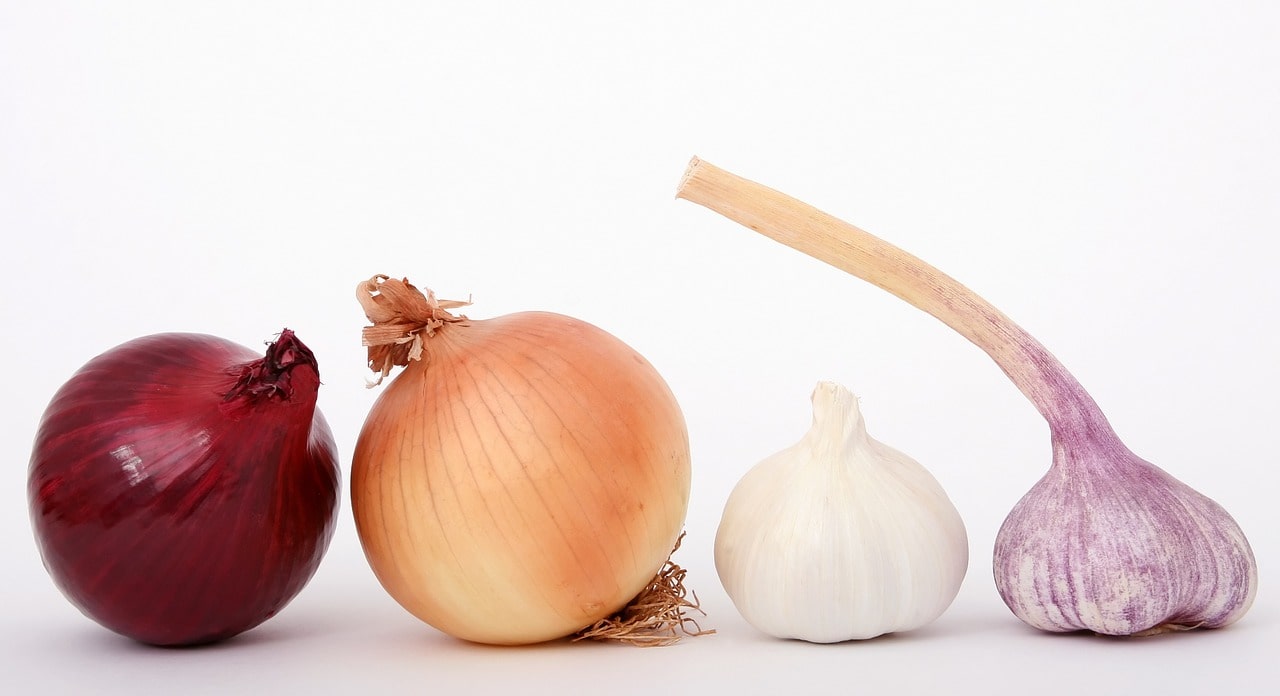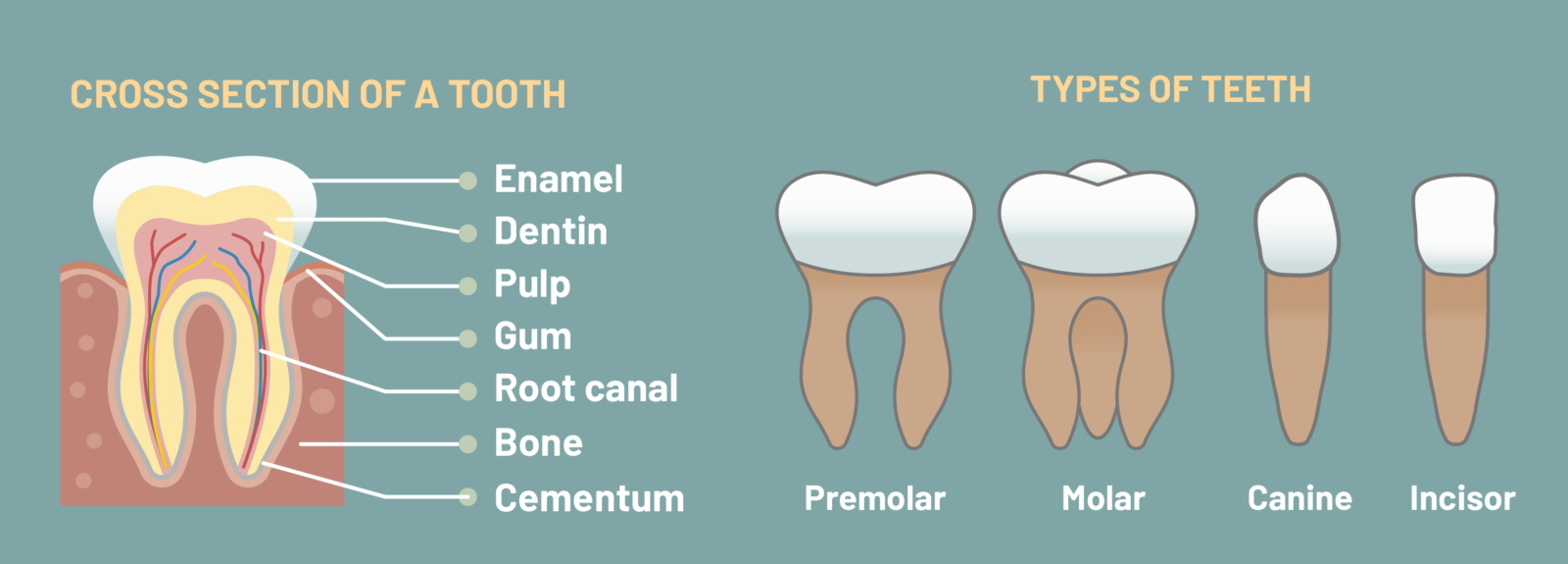Dental crowns are an excellent solution for restoring the function and appearance of a damaged tooth. These tooth-shaped restorations help to protect teeth and allow you to smile confidently.
What Is a Dental Crown?
Dental crowns are sometimes called caps, as they ‘cap’ or cover a tooth entirely, right down to the gumline. The crown is precision made to fit tightly over the natural tooth, protecting it and preventing harmful bacteria from infecting the tooth. Once the crown is in place, it restores the tooth’s appearance, size, and shape. It also restores strength, so you can bite and chew confidently.
When Would I Need a Dental Crown?
We may suggest you have a crown for a variety of reasons, including:
- Protecting a severely decayed tooth that is too weak to be restored with an ordinary filling
- Covering dental implants
- Restoring a tooth after root canal therapy and where the tooth has most likely already lost a lot of its original structure
- To help realign your bite
- To protect a chipped or cracked tooth
- To improve the aesthetic appearance of a tooth that may be discoloured or not quite the right shape
- Supporting a dental bridge, as crowns are fitted over the adjacent teeth, called abutment teeth and are attached to one or more replacement teeth, called pontics
There are several different types of dental crowns, including:
- Composite resin crowns
- Porcelain crowns
- max crowns
- Zirconia crowns
- Porcelain fused to metal (PFM) crowns
- Gold crowns
- Metal alloy crowns
Composite Resin Crowns
Composite resin crowns are made from tooth-coloured resin material. They are less expensive compared with other crowns, but they aren’t as strong. Often, temporary crowns are made from this material and are only used for a short while until you receive your permanent crown.
Porcelain Crowns
Porcelain or all-ceramic crowns provide excellent aesthetic results. They are entirely metal-free, so light can pass through them in a way that is very similar to a natural tooth. Porcelain crowns can be an excellent choice if you need crowns for your front teeth.
e.max crowns
These crowns are made from a pressable ceramic material called lithium disilicate. They also provide excellent aesthetic results and look very natural. An e.max crown is thin, durable and long-lasting.
Zirconia Crowns
Zirconia is a special type of ceramic material but which is extremely strong. These crowns are milled using the latest CADCAM technology and provide an incredibly precise fit. Zirconia is suitable for crowns anywhere in the mouth and can be covered with a thin layer of porcelain. Alternatively, the zirconia may be pre-shaded to match your natural teeth closely. This material is also suitable for people who clench and grind their teeth and will not harm the opposing teeth.
Porcelain Fused to Metal Crowns
Porcelain fused to metal or PFM crowns have a thin metal alloy substructure covered with porcelain. These crowns have been widely used for decades. They are reasonably natural-looking and hard-wearing but don’t provide such good aesthetic results compared with metal-free crowns.
One problem with porcelain fused to metal crowns is that a thin grey line can form around the gumline after a few years, where the gums start to recede and expose the metal margin of the crown. People who clench and grind their teeth may find the porcelain begins to chip and fracture when exposed to excessive wear and tear. One way around this is for the dentist to create metal ‘bite stops’ on the crowns chewing surface, but these are visible in the mouth.
Gold Crowns
Gold crowns are made from a precious metal alloy polished to a high sheen. They are very strong, resistant to corrosion and durable, and long-lasting. Gold crowns will not wear down the opposing teeth. Due to their visibility, gold crowns tend only to be used to restore back teeth. While popular in the past, gold crowns are used less frequently nowadays due to the introduction of all-ceramic crowns strong enough to withstand substantial chewing forces.
Metal Alloy Crowns
Metal alloy crowns can be made from a non-precious alloy polished to a high sheen. The alloy is durable and corrosion-resistant and will not wear down the opposing teeth but is very visible in the mouth. Sometimes a dentist might fit a pre-made metal alloy crown to cover a child’s damaged or decayed primary or milk tooth. The metal crown remains in place until the primary tooth falls out to make room for the adult tooth.
Which Dental Crown is Best?
When you see our dentist here at Tandara Dental Centre, they can discuss the different type of crowns in more detail, showing you examples of each so you can make an informed choice. Options available may depend on the tooth’s location in the mouth, your aesthetic concerns, and whether you have bruxism. Cost is often an important factor.
How Much Does a Dental Crown Cost in Australia?
The cost of a dental crown will depend on the materials chosen. More advanced zirconia and all-ceramic crowns tend to cost a little more since the materials and technologies used to fabricate them are more expensive. However, these materials are hard-wearing and long-lasting and can look very natural. The cost of a gold crown can depend on the current price of gold and the amount needed to make the crown.
What is the Procedure for a Dental Crown?
The procedure for a dental crown is very straightforward, usually requiring two visits to Tandara Dental Centre. Initially, we need to assess the tooth to ensure a dental crown procedure is the best treatment option and discuss which materials you would prefer. We may take dental x-rays to visualise the damage to the tooth more clearly, including areas hidden from view, such as the tooth roots and bone around the tooth. Next, we numb the tooth with local anaesthetic, so you will not feel any pain during treatment.
Our dentist carefully reshapes the tooth, eliminates any infection and decay, and ensures there is enough room to fit the crown successfully. After reshaping the tooth, we take a dental impression using a special putty-like material in a mouth tray. We send the impression to our dental lab to make the crown to our exact specifications in the materials we have chosen together. In the meantime, we fit a temporary crown over the prepared tooth to protect it. After about two weeks, you return to Tandara Dental Centre so we can remove the temporary crown and fit your new crown, making any minor adjustments to ensure you can bite comfortably and that the crown looks and feels good. The crown is then permanently cemented in place, completing your treatment.
What to Expect After Having a New Dental Crown Fitted?
Initially, your new crown might feel strange until you become accustomed to it, and the tooth may feel a little sensitive until it settles down. If you experience pain when biting down on your new crown, please contact us as we might need to adjust the bite.
You can care for your new crown exactly as if it were a natural tooth, brushing it thoroughly and flossing around it daily. Caring for your new crown will help prolong its life, as will regular dental checkups and cleanings with us here at Tandara Dental Centre.
What to Do If a Crown Falls Out or Becomes Loose?
If your crown falls off or comes loose, contact us immediately as we might be able to recement your crown in place. We can advise you on how to care for the tooth until you can come and see us. Please do not try to glue the crown back in your mouth yourself, as you could damage your tooth and the dental crown irreparably, and household glue can be toxic.










